Ornamental pond: 35 photo ideas
The pond on the plot – it is fashionable, prestigious and even luxurious. And if you build and contain a full-scale pool – it is quite expensive and troublesome to build a small ornamental pond and on means even the owner of a small suburban area.
Even a small pond gives the garden a picturesque view. It can depict a calm and wide river or a stormy, rapid flow with rapids and waterfalls.
First of all, on the site you need to choose the best place for the pond, as well as to determine its shape and size in accordance with the size of the garden plot.
You should not have a pond near large trees. First, there it will appear smaller than it actually is. Secondly, plant debris will contaminate the surface of the water and, more importantly, the roots of adult trees can damage the film laid on the bottom of an artificial pond. In addition, the place for the pond should be protected from the North and North-West winds to fragile aquatic plants feel comfortable.
Waterfall, for example, has always been one of the favorite parts of the garden plot. The place for it was chosen especially carefully – away from home, but so that the sound of water was heard, and in the moonlit night were visible reflections of jets.
Of great importance is also the illumination. It affects the quality, transparency of water and the degree of development of aquatic plants, as the most beautiful of them need long-term sunlight. Therefore, it is important that the surface area of the reservoir was as large as possible.
The minimum size of the reservoir should be approximately 4 m2 (2.5×1.5 m). Many aquatic plants are well developed at a depth of not more than 50 cm, but for water lilies, wintering in open water, need a depth of about 1 m. The volume of water should be at least 4 cubic meters.
After determining the location and size of the artificial reservoir proceed directly to its construction. This is quite a complex process, because you need to know the materials to cover the bottom, to understand the filters and pumps for cleaning and water circulation. Therefore, in order to avoid mistakes, the construction of water bodies is better to trust specialists.
The next stage is the selection and planting of plants. Properly planted water and coastal plants will not disturb the natural balance. Coastal plants, whose roots are under water, and the leaves and flowers above it, it is convenient to place on a kind of shelf, placed 22 cm below the water level. It set the containers with plants. At the same time, the distance from the water surface to the plants remains about 7-10 cm. It can be adjusted with stones and bricks.
The choice of slow-growing plants suitable for different depths is wide enough. At the bottom of the pond placed baskets with water lilies or other plants with floating leaves. By the way, baskets or containers in which underwater plants are placed are filled with special soil for the pond. Ordinary land garden plot contains many nutrients that contribute to the development of algae. To earth from the landing of the basket has not been washed, the top is sprinkled with gravel layer of 2 cm. Different aquatic plants require different depths for normal development, so the tanks are mounted on stones to bring the plants closer to the water surface. Baskets with water lilies is better to put directly on the bottom of the pond.
When choosing a variety of water lilies need to focus on the optimal depth and area of growth. Planting depth is the distance from the top of the basket in which the water Lily is planted to the surface of the water. Small water lilies with a flower diameter of 8 cm grow at a depth of 50 cm in small ponds.
At a depth of 40 cm grows well vodokras ordinary — a plant with floating leaves collected in the outlet, and white flowers. Blooms from June to September. In autumn, buds are formed on the stems, which overwinter at the bottom of the reservoir and serve for reproduction.
From underwater plants can be used Nymphaeum, protruding from the water at 5-8 cm, blooming with small flowers from June to September, or arontium water, growing at a depth of 50 cm, leaves or protruding from the water, or lying on it. The cob flowers stick out of the water like white pencils with gold tips. Blooms from April to June.
For small reservoirs also fit the Calla marsh, arrowhead, swamp iris, or sword-shaped, gubastik, marsh spurge and others.
Around the artificial pond planted moisture-loving plants. You can also lay large stones — it gives the building more decorative.
On the wet banks feel great such plants: kaluzhnitsa, daylily, fern, Hosta, irises Japanese and Siberian, astilba, zhivuchka, primrose, swimsuit, Badan, bell, etc. They will become a link between the pond and the garden.
And plants such as Elodea, pinnacles, which cover the bottom with a thick green carpet, use nutrients dissolved in water, protect the pond from the development of single-celled algae.

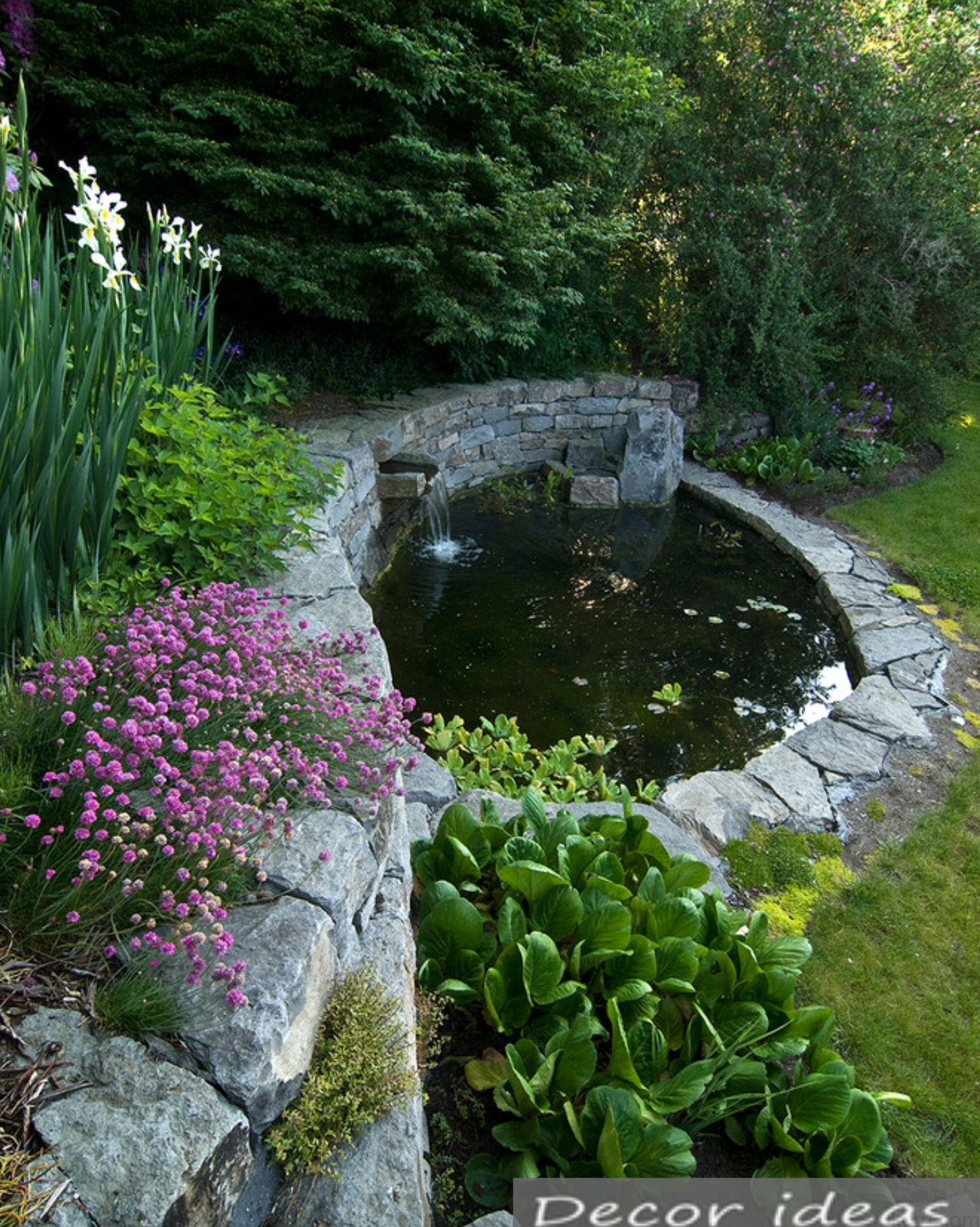
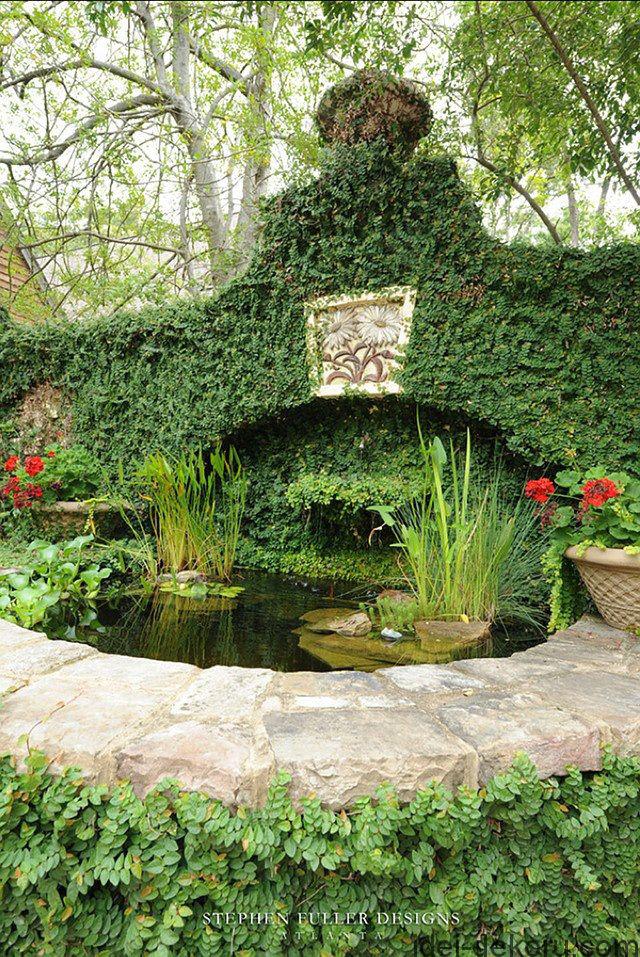





Dressing room with pantry apartment
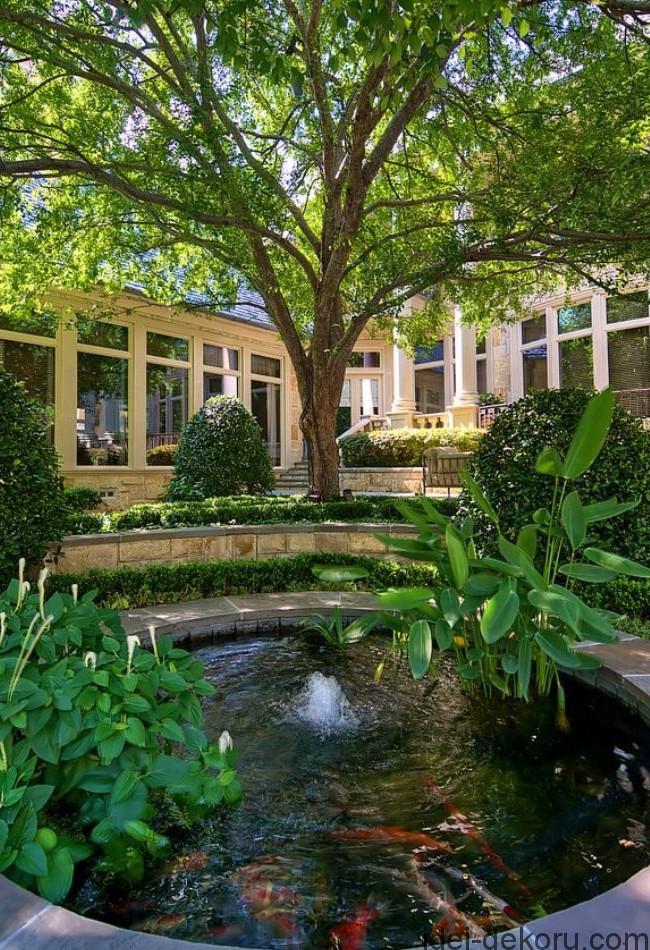


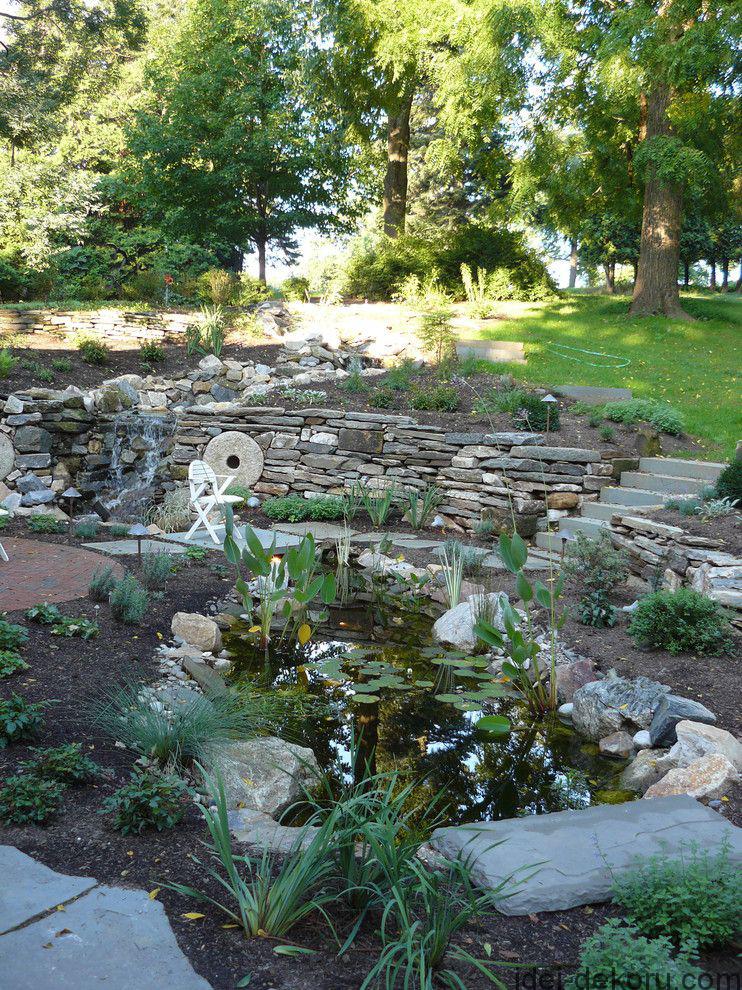


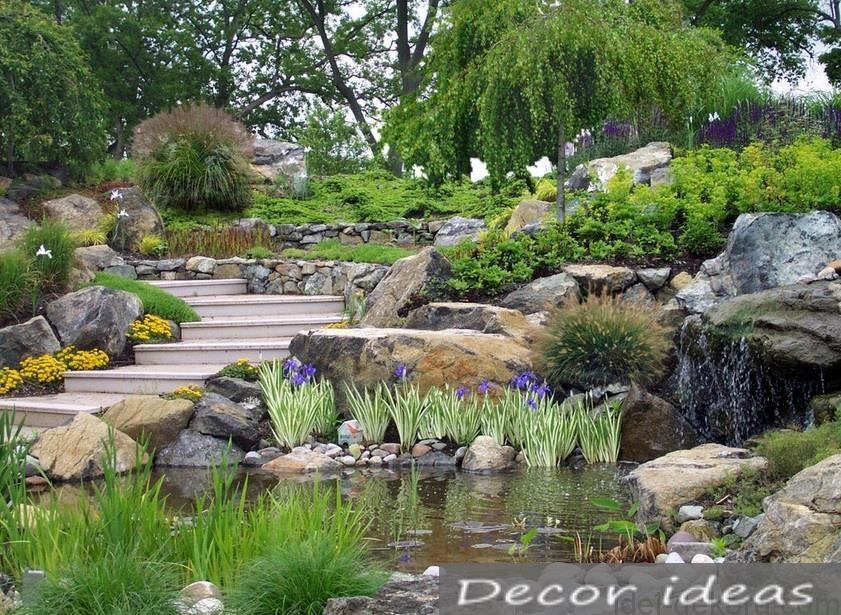



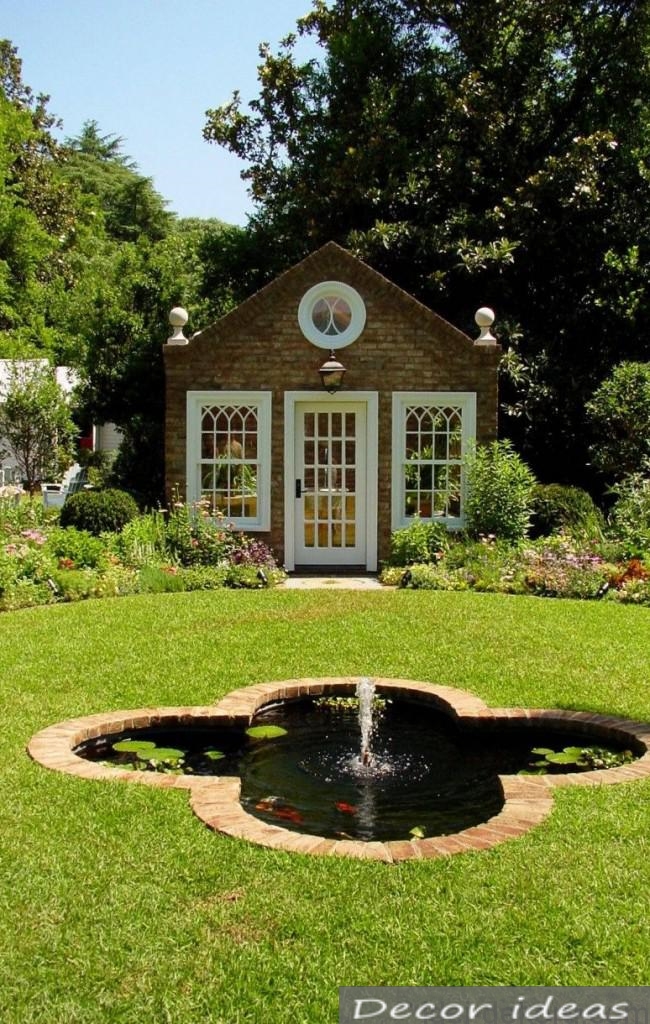
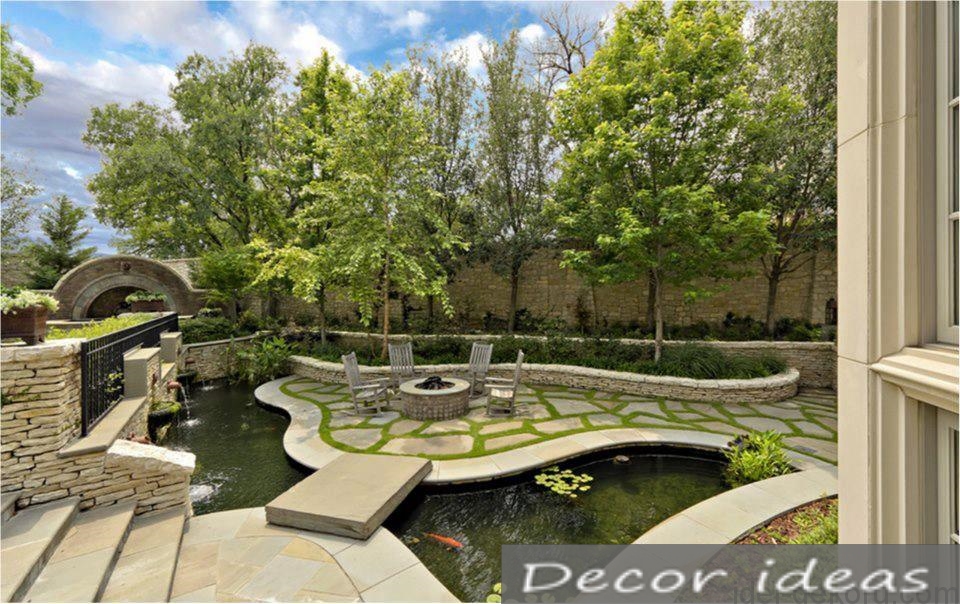

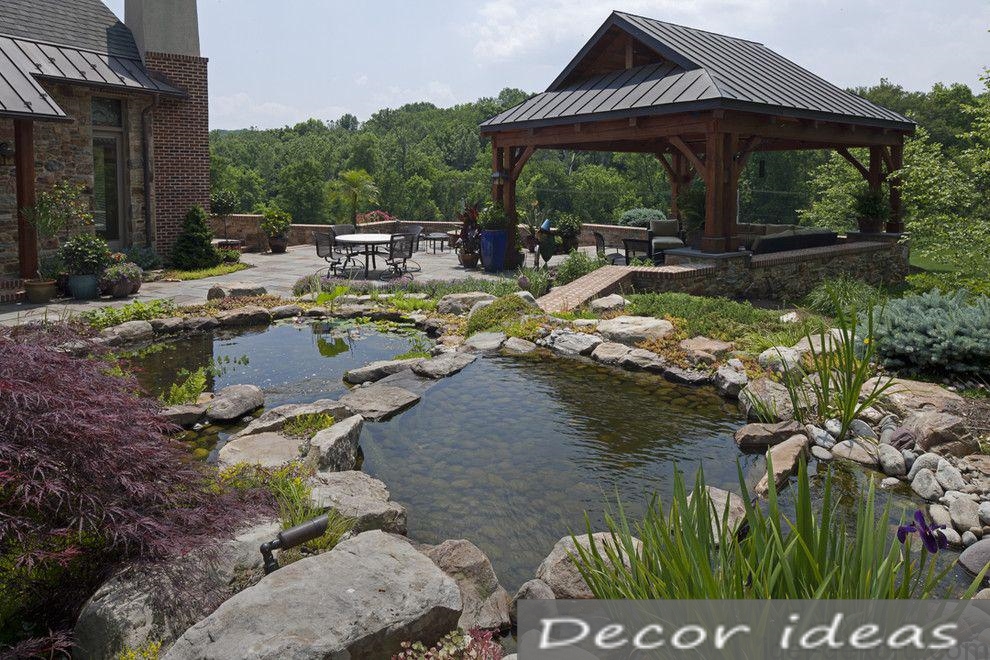


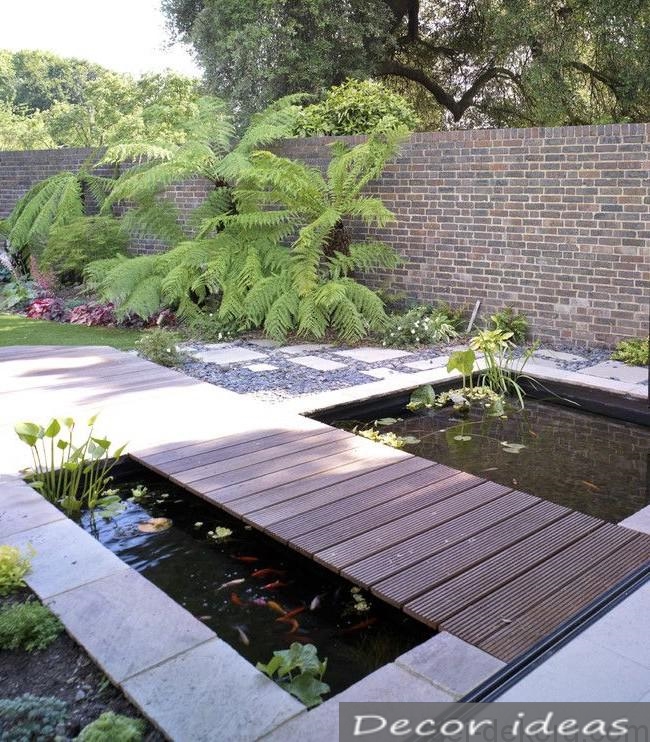



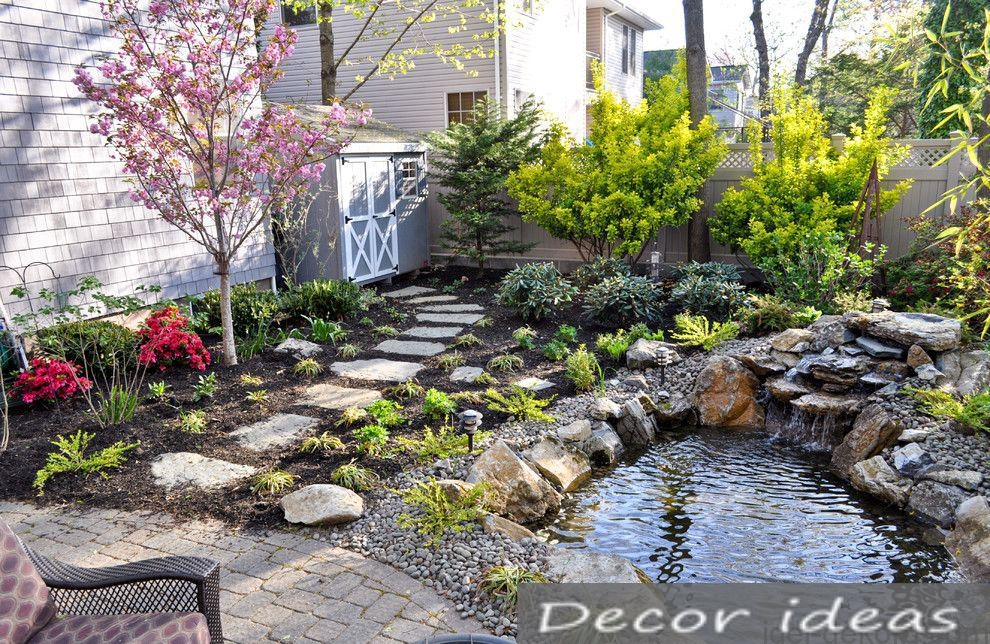
















Kitchen sets with facades made of natural wood


 Where
Where
